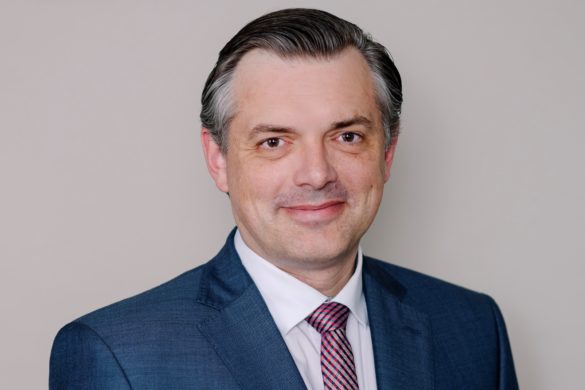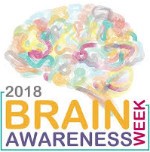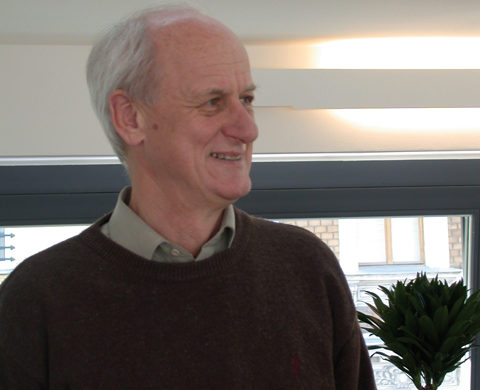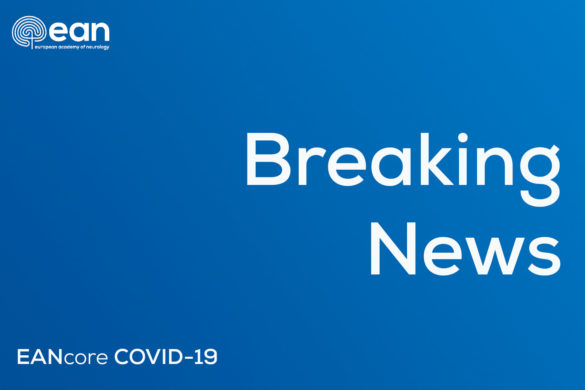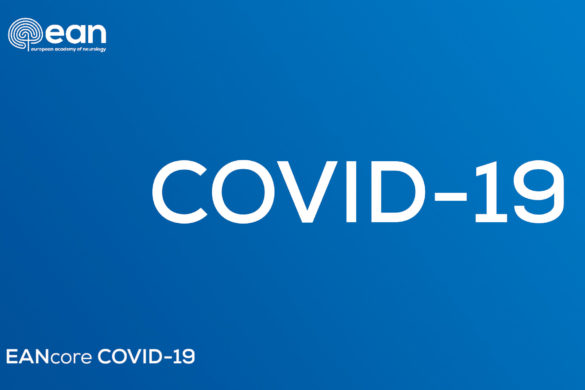Lisa Klingelhöfer, RRFS Past-Chair
In Symposium 2, organised by EAN/MDS, the wide range of patients presenting with acute or subacute movement disorders was covered within four excellent talks. In general, it was highlighted in all presentations that a detailed observation of the clinical features together with a detailed history focusing on the type of symptom onset as well as medical and pharmacological history, are the first crucial step to take.
Miryam Carecchio focused on metabolic diseases and explained that in paediatric age genetic conditions whereas in adulthood mostly acquired metabolic causes can be found. These can range from symptoms such as hyperglycaemia to diseases such as Wilson`s disease. The important thing is to promptly unveil an underlying metabolic cause to avoid extensive brain damage, especially in easy-to-treat conditions. Functional movement disorders are quite common in the emergency room as 61% present with an acute onset as explained by Jon Stone. Many excellent clinical advices were provided underlined by videos to clear up with different myths of functional neurological disorders (FND). Therefore, Prof Stone presented how to be sure about an FND-based on positive grounds such as a specific semiology.
Further he provided advice how to explain an FND to the patient, e.g. by using the Hoover`s sign and in combination with a positive multidisciplinary treatment approach. Maria Stamelou provided a holistic overview of the different movement disorders associated with autoimmune encephalitis such as NMDAR, the different forms of limbic encephalitis as well as the Stiff person syndrome disorders. She pointed out that in some cases movement disorders may help early diagnosis as well as to raise suspicion for a specific disorder. The chair of the session, Timothy Lynch presented the large variety of drug-induced movement disorders which can lead to life-threatening conditions such as the serotonin syndrome and the neuroleptic malignant syndrome. Again, very useful clinical advices how to approach and how to treat such conditions were provided underlined by patient videos.





